I'm not an electrical engineer but a software developer but I'm trying my hand at a DIY project that will involve connecting a couple of pins on a device in my home to the GPIO pins of a Raspberry Pi, so that I can programmatically press buttons on it. Pictured below is a 20-pin FFC coming from a panel of touch buttons into the device's circuitboard. Long story short: one (or more) of these pins are pins that I'll need to "press" programmatically, though I'm not sure which ones as of yet.
In all, I need to do two things: (1) hold a multimeter up to the pins to test which ones correspond to which button presses on the device, and then once I've determined which are the correct pins, (2) solder or otherwise attach a wire to those pins so I can connect those wires to a Raspberry Pi, and trigger "button presses" remotely.
The trouble is that these twenty pins are very small, and when I hold up my multimeter red and black ends to any one of them, the slightest hand shake results in touching more than one of them at a time. So I'm wondering if there's any kind of "intercept" device that I can plug the FFC through that would pull off (and enlarge) the same wires so I can better touch them? Or if not the cable, then maybe something that would fit the receptacle and expand the touch points? Thanks.
EDIT: There are a total of 34 buttons on the display. And as you can see from the picture above, only 15 of the 20 pins are actually used. One commenter suggested that would imply a "keyboard matrix wiring" with rows and columns, which would make sense since obviously you can't have a 1-to-1 ratio of pins to buttons if there are more buttons. Does this mean I'm completely in over my head? Or are there any standards for how this sort of thing might be done? (e.g. two or three pins lit at the same time to indicate certain buttons, based on some specification)
